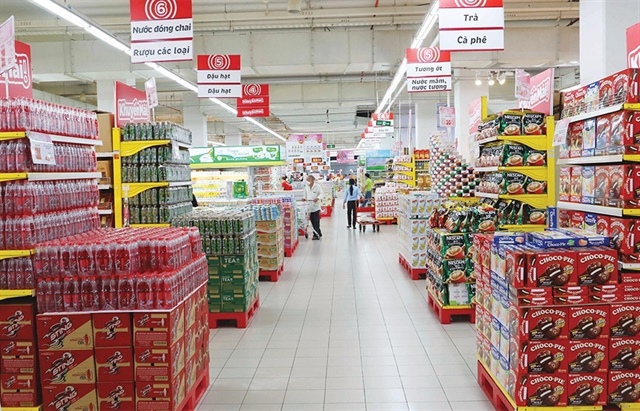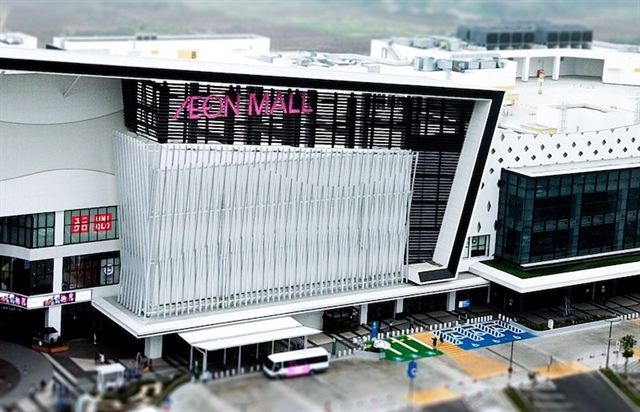Domestic brands held at gunpoint by international fashion brands
Domestic brands held at gunpoint by international fashion brands
In the context of more and more fashion brands entering the Vietnamese market and gaining significant market share, domestic firms in the fashion industry have to draw up solutions to regain market share and seize back their position.

Massive surge of international fashion brands
According to newswire Vietnamnet, there are nearly 200 foreign fashion brands in Vietnam, which hold up to 60 per cent of the market share. Many of them are affordable fashion brands, luring in customers by their diverse fashion products at reasonable prices, such as Mango, which has been present in Vietnam since 2004, the UK brand Topshop, which entered Vietnam in 2013, and the famous affordable brand Zara with its debut in 2016, and recently, Hennes & Mauritz AB (H&M) from Sweden announced launching its first store in Ho Chi Minh City on September 9 this year.
The images of long queues of fans in front of fashion shops show the great potential of the Vietnamese market. Thus, some domestic fashion brands may worry about being dominated by these famous brands, as Vietnamese youth prefer foreign labels to catch up with the latest trends in the world.
However, the price is still a barrier for these famous brands, as “affordable” in developed countries may not be really “affordable” in a developing country like Vietnam, although people’s incomes are gradually enhanced, increasing the demand for clothing.
Therefore, there is still room for Vietnamese fashion brands if they understand Vietnamese taste and offer products at more reasonable prices. Besides, spending more on advertising to grab the attention of customers may go a long ways to accelerating brand awareness.
Promising modern marketing tool
The dominance of foreign fashion brands has awakened domestic enterprises, forcing them to look for solutions to regain market share and survive. Otherwise, they may gradually lose customers to foreign brands and then go bankrupt.
Realising the rising market competition and the strength of its rivals, K&K Fashion, a well-known Vietnamese office fashion brand, has followed the upward trend of e-commerce and utilised the application of Criteo Commerce Marketing Ecosystem to specify its targeted customers and accelerate sales revenue.
After six months of applying this modern marketing tool, K&K Fashion reported positive results of 43 per cent growth in click-through rate, 66 per cent growth in conversion rate, and 121 per cent increase in successful transactions.
Criteo Commerce Marketing Ecosystem is an open, secure, transparent, and fair environment where retailers, brands, and publishers collaborate to put data into action at every point of the purchase journey. The Wall Street Journal commented on this marketing tool, “The idea is that with more accurate data covering consumers’ offline and online shopping habits, retailers and brands can better target ads at people who are most likely to make purchases.”
K&K Fashion’s case is an example of a fashion brand gaining success by the application of modern technology in marketing in the era of globalisation. It is also hoped that in the future more Vietnamese enterprises will turn to innovative strategies and utilise advanced technology to push up their sales and compete with numerous rivals, especially international giants.






















